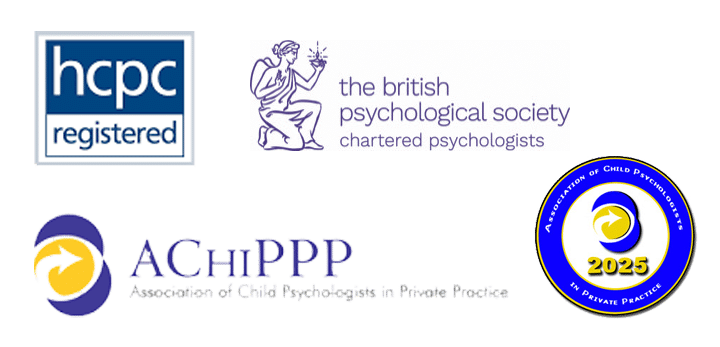The term, ‘Dyspraxia’ refers to individuals who have motor and coordination difficulties and often challenges with planning, sequencing, organisation and time management.
Verbal dyspraxia is also a term for when the individual has a motor difficulty impacting on their speech.
Dyspraxia can be used as an interchangeable term with Developmental Coordination Disorder, the latter which has a formal definition in the DSM-5[1]. There is no internationally agreed formal definition of the term ‘dyspraxia’, and it is not included in the DSM-5. Professionals use the term Development Coordination Disorder (DCD) as the term that is commonly understood as dyspraxia.
The DSM-5, subcategorises Developmental Coordination Disorder as a motor disorder within the broader category of “neurodevelopmental disorders.”4 An additional criterion included in DSM-5 from the DSM-4 is that the onset of symptoms occurs during early developmental period..
Diagnostic Criteria from DSM-5 with guidance on assessment from national Library of Medicine is as follows[2]:
Criteria:
A. The acquisition and execution of coordinated motor skills is substantially below that expected given the individual’s chronological age and opportunity for skill learning and use. Difficulties are manifested as clumsiness (e.g., dropping or bumping into objects) as well as slowness and inaccuracy of performance of motor skills (e.g., catching an object, using scissors or cutlery, handwriting, riding a bike or participating in sports).
How to assess this criterion: According to recent review articles, the most widely used motor test to assist in the diagnosis of this disorder is the Movement Assessment Battery for Children, second edition (Movement ABC-3). Another test often used is the Bruininks–Oseretsky Test of Motor Proficiency, second edition. Both tests are norm-referenced, reliable and considered valid (as of 2015) in diagnosing developmental coordination disorder.
B. The motor skills deficit in criterion. A significantly and persistently interferes with activities of daily living appropriate to chronological age (e.g., self-care and self-maintenance) and affects academic/school productivity, prevocational and vocational activities, leisure and play.
How to assess this criterion: Parents should be asked about their child’s performance and length of time to learn motor tasks, such as dressing, tying shoelaces, brushing teeth, using a knife and fork, and printing and handwriting. In addition, checklists or questionnaires for parents and teachers can be helpful, such as the Developmental Coordination Disorder Questionnaire (DCDQ) and the Movement ABC-3 checklist.
C. The Onset of symptoms is in the early developmental period.
How to assess this criterion: The pattern and trajectory of the child’s motor development should be ascertained to determine whether motor delay was present in early life. Parents can be questioned about their child’s early developmental history and milestones. Although some children with developmental coordination disorder may have delayed motor milestones, many do not.
D. The motor skills deficits are not better explained by intellectual disability (intellectual developmental disorder) or visual impairment and are not attributable to a neurologic condition affecting movement (e.g., cerebral palsy, muscular dystrophy, degenerative disorder).
How to assess this criterion: To rule out intellectual disability, an assessment administered by a psychologist is useful; however, a formal IQ assessment may not be necessary if there has been typical achievement at school. As with screening, a neurologic examination is important to rule out other medical conditions that could explain impaired motor development. An optometrist could rule out impairments in visual acuity. Educational Psychology assessment and dyspraxia
Educational Psychology Assessment and Dyspraxia
If there is a query with regards to DCD/Dyspraxia, we are likely to ask adults who know the child well, or the adult individual, to complete formal screening questionnaires. The results of these will lead to exploring how the difficulties are impacting on daily life, to then reach recommendations which might support and mitigate against these challenges.
If the screener indicates that criteria is likely to be met with regards to DCD, a referral to an Occupational Therapist and/or paediatrician will be recommended, for a full assessment and possible formal diagnosis.
[1] The Diagnostic and Statistical Manual of Mental Disorders, Fifth Edition, is the 2013 update to the Diagnostic and Statistical Manual of Mental Disorders,
[2] Harris SR, Mickelson ECR, Zwicker JG. Diagnosis and management of developmental coordination disorder. CMAJ. 2015 Jun 16;187(9):659-665. doi: 10.1503/cmaj.140994. Epub 2015 May 25. PMID: 26009588; PMCID: PMC4467929.






